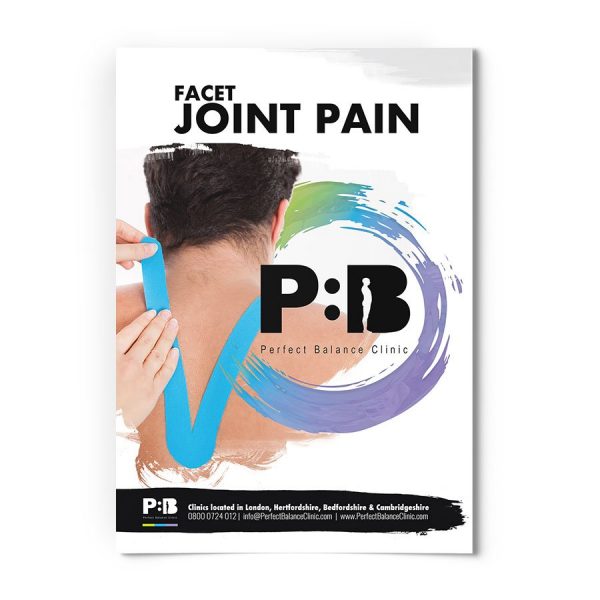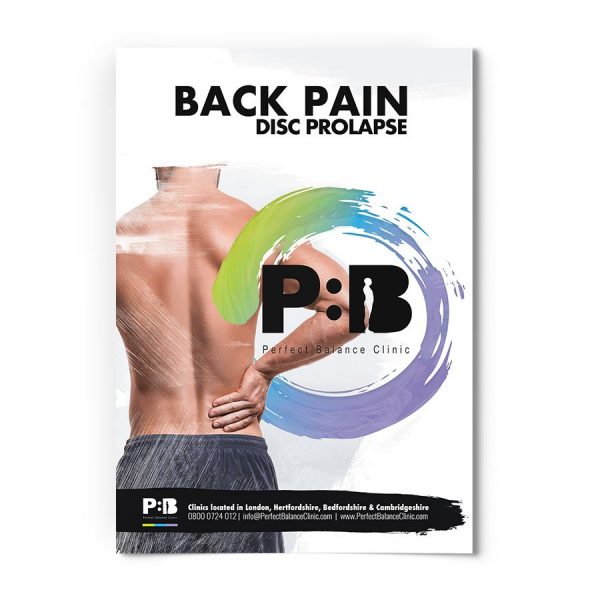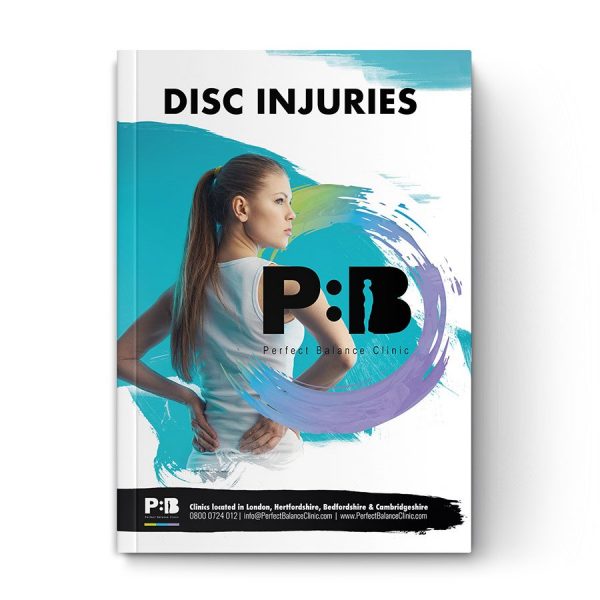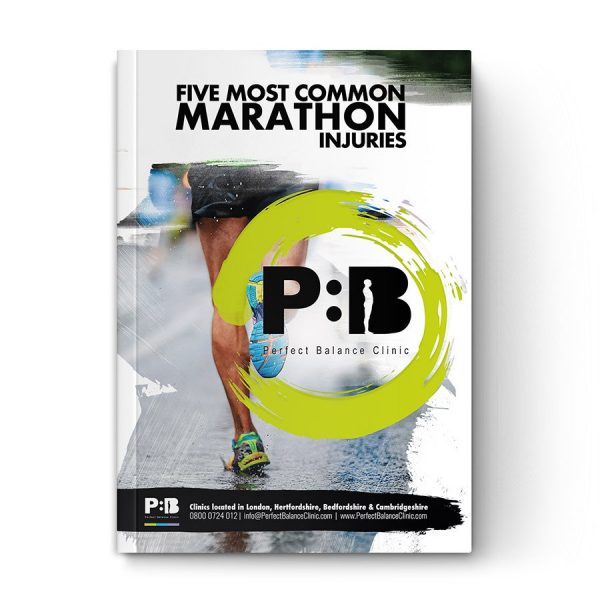A herniated disc commonly referred to as a slipped disc or prolapsed disc, is when a disc that separates the spinal vertebrae is damaged and either bulges or breaks open. While this is more common in the lumbar back (lumbar herniated disc) it can also occur in the neck (cervical herniated disc), and in the upper back (thoracic herniated disc).
Herniated disc causes:
Herniated discs can occur as the result of physical injury or degenerative processes that occur in the body:
- A spinal injury can result in small tears of the outer layer of the disc. The gel inside the disc can then leak out causing the disc break open or develop a bulge.
- Age-related degeneration of the disc generally involved the gradual loss of disc fluid. As the fluid is lost the disc thins and loses its ability to act as a shock absorber.
In both cases, the disc can exert pressure on the nerves in the spine. This results in pain and often weakness. A lumbar herniated disc can result in severe pain in the buttock and radiating down the leg, a condition known as sciatica.
Symptoms
Not all herniated discs cause pain. Mild cases that don’t press on nerves can be asymptomatic or can cause relatively mild back pain. A cervical herniated disc can cause pain and weakness in the neck and shoulders and can also affect the chest, hands, arms, legs, and other parts of the body.
When a herniated lumbar disc compresses the sciatic nerve, the resulting condition is known as sciatica. The sciatic nerve begins at the back of the pelvis and runs all the way through the legs to the feet. Sciatica may be mild but it can be extremely painful and debilitating. Sciatica can also be caused by conditions other than a herniated disc, for instance, it is frequently caused by stenosis.
It is also possible for a slipped disc to cause numbness and weakness in both legs along with bladder and or bowel incontinence. This requires immediate medical intervention.
Diagnosis
Herniated discs are initially diagnosed through a physical examination. Your doctor will want to know about your history and how and when the pain first occurred and to what extent the pain and other symptoms are affecting you. Your reflexes and muscle strength will also be assessed as will your ability to walk and feel sensations.
If the condition is indicated, the diagnosis may be confirmed with an MRI or CT scan and an electromyograms and nerve conduction test might be carried out.
Treatment
Treatments generally involve providing relief for acute pain, exercise, and physical therapy to promote healing and prevent recurrence; in a small percentage of cases (less than one in ten) surgery might be recommended:
- Your immediate pain can be treated by over the counter or prescription pain killers. Cortisone injections may be used to relieve inflammation and muscle relaxants may be used to relieve muscle spasms.
- Over time a herniated disc can heal. Most people recover within a month or two, and only a small fraction will go on to need surgery. It has been demonstrated that with conservative treatments, a herniated disc can heal completely. A study on a group of patients with herniated disks who had undergone conservative therapy (Chiu, Chun-Chieh, et al., 2015) found that regression was 96% for disc sequestration, 70% for disc extrusion, 41% for disc protrusion, and 13% for disc bulging. The rate of complete resolution of disc herniation was 43% for sequestrated discs and 15% for extruded discs. The study concluded that spontaneous healing of disc tissue can occur and completely resolve following conservative treatment.
- Physiotherapy treatments can be highly beneficial even for patients who would otherwise face surgery. In a study of 41 patients with lumbar disc herniation who had undergone clinical assessment and MRI (Svensson, et al.,2014), structured physiotherapy that included MTD (Mechanical Diagnosis and Therapy) and trunk stabilisation training were assessed after 3 months, 12 months and 24 months. After 3 months, improvements were already apparent. Disability levels and leg and back pain were reduced, fear of movement was reduced, quality of life was improved as were depression and self-efficacy. These improvements were retained for at least two years. The authors strongly recommended that structured physiotherapy should be used for treating pain and disability caused by lumbar disc herniation before considering surgery.
- Surgery is recommended for severe and recurring pain. Generally, this involves the removal of the part of the disc that is bulging and causing problems. In some cases, the complete disc must be removed and the vertebrae fused together. Sometimes an artificial disc can be implanted.
Finally
Many people suffer from a herniated disc at some time in their lives. Often there are no or only mild symptoms, but sometimes there is severe pain and disablement. Fortunately, with a little care and physical therapy, the damage can be repaired and, by taking proper steps with one’s lifestyle, the chances of reoccurrence can be minimised. For instance, it is important to maintain a good posture, to maintain a healthy weight, and to ensure that, when you take exercise or lift items, you do it the right way. A physical therapist will be able to help you in all of these aspects and help you to keep your back healthy.
For more information about Herniated disc
This article was written by our team of specialist therapists at Perfect Balance Clinic. If you would like more specific advice about how our team can help you with this condition or symptoms you may be having, please complete the contact form below and one of the team will get back to you shortly.
Here are some of our E-Books to help you
References
Chiu, Chun-Chieh, et al., (2015). The probability of spontaneous regression of lumbar herniated disc: a systematic review. Clinical rehabilitation 29.2 (2015): 184-195.
Svensson, Gunilla Limb?ck, Gunilla Kjellby Wendt, and Roland Thome?. (2014). A structured physiotherapy treatment model can provide rapid relief to patients who qualify for lumbar disc surgery: a prospective cohort study. Journal of rehabilitation medicine 46.3 (2014): 233-240.








